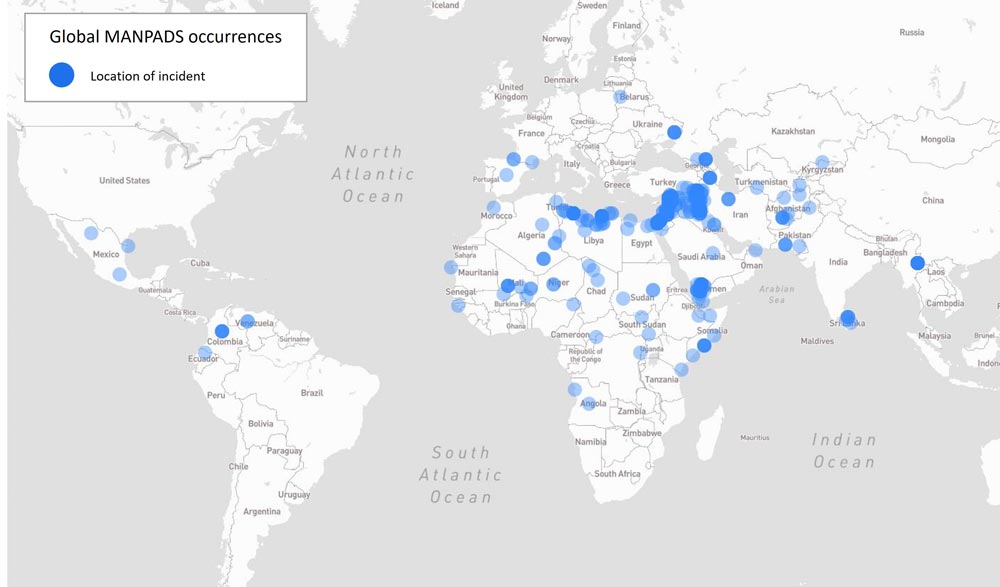Aviation is a sector inherently exposed to risk and is particularly vulnerable to shifting international political and security situations.
In this article, we explore the ongoing threat of MANPADS to civil aviation, the countermeasures being taken by airlines and airports and what mitigation actions the industry can take to ensure the ongoing safety of flights.
Manportable air-defense systems (MANPADS) are essentially shoulder-fired missiles used to target aircraft, usually guided by an infrared (IR) seeker. MANPADS are short-range air-defence systems intended for attacking and defending against low-flying aircraft at altitudes of up to FL260. Because MANPADS are easy to transport, conceal, and use – and because a single successful attack against an airliner would have serious consequences for the international civilian aviation industry – they are particularly attractive weapons to violent-non state actors (VNSAs). With most aircraft flying above FL300, MANPADS pose no threat to aircraft at a typical cruising altitude. However, aircraft are vulnerable as they transit the threat envelope during ascent after take-off and descent upon landing.
The proliferation of MANPADS globally is of paramount concern to the civil aviation community. Of the 500,000–750,000 MANPADS believed to be in circulation, some 99 per cent are estimated to be in state inventories; however, that still leaves as many as 7,500 of these weapons in the hands of VNSAs globally – predominantly in conflict zones. Although civilian aircraft are unlikely to be directly targeted, MANPADS in possession of VNSAs pose an acute threat to aircraft operating at airports or overflying airspace below FL260 within conflict zones. Additionally, VNSAs with MANPADS pose a nascent threat to civil aviation activities in locations where the enduring threat of terrorism is present, including countries outside or near conflict zones.
MANPADS: Mombasa in the past – Ukraine at the present
Mombasa 2002
There is major concern and proof that air-defence weapons can be trafficked to locations outside of conflict zones or failed states and used to target civil aviation. This stems from a coordinated attack which occurred on 28 November 2002, in which Somali-based AQ VNSA sympathisers fired two SA-7 GRAIL MANPADS at an Arkia Israel Airlines commercial aircraft with 271 people on board, as it took off from Moi International Airport (HKMO/MBA) in Mombasa, Kenya. Both missiles narrowly missed the aircraft, but the act marked the first time MANPADS had been used to attack a civilian airliner outside a conflict zone. The Mombasa incident highlighted to governments worldwide – and the state of Israel in particular – the unique threat MANPADS pose to commercial aviation outside of known conflict zones.
Ukraine 2022
Osprey Flight Solutions is continually assessing the potential second/third-order effects of the Russian invasion of Ukraine. On 1 May, the Security Service of Ukraine stated it had disrupted a Russian “sabotage and reconnaissance group” false flag operation to shoot down a commercial passenger aircraft over Russia or Belarus using an illicitly acquired US-made FIM-92 Stinger MANPADS. Beyond the primary concern of the current armed conflict, we are analysing possible future scenarios regarding weapons proliferation into/out of Ukraine. The Ukrainian military has received a large number MANPADS (in addition to its pre-war internal stockpile) and should Ukraine fall to Russia, a resistance movement and/or insurgency is likely. In addition, in the event of a Ukrainian defeat, it would potentially fall into ‘failed state’ status and thus, the potential for weapons trafficking from the country to areas abroad would become a distinct possibility. Under either scenario, MANPADS proliferation both within and outside of Ukraine would be a serious concern.

Countermeasure Actions vs MANPADS
The incidents discussed above prompted the aviation operators and the security agencies to take several measures to secure commercial aircraft against the threat of MANPADS:
- The first measures taken by aviation operators and the security agencies have involved re-evaluating flight routes of commercial aircraft within the country and developing takeoff and landing protocols which included procedures dedicated to minimising the exposure to MANPADS engagements.
- A number of countries and international airports have received assistance from the US DHS via an International MANPADS Assist Visit (MAV). The MAV programme is also conducted in cooperation with the US Transportation Security Administration (TSA). US DHS/TSA MAV teams have assisted. cooperating countries in conducting multiple vulnerability assessments of international airports to identify potential launch areas around the installation and develop mitigation strategies to counter the threat of MANPADS.
- In the years after the Mombasa incident, the Israeli government developed its Flight Guard system to defend civilian aircraft from MANPADS. The Flight Guard system is an external pod installed on the belly of a commercial aircraft which incorporates a radar-based missile approach warning system (MAWS) and an IR countermeasure (i.e. ‘flare’) dispenser, designed to defeat MANPADS. In addition, the state of Israel has reportedly invested over $75 million in the “C-MUSIC” system, which is the commercial version of the Sky Shield for military use, to defend air assets from MANPADS. C-MUSIC is an external pod installed on the belly of a commercial aircraft which integrates a MAWS, laser and an IR sensor to ‘deflect’ incoming MANPADS via jamming.
Risk Mitigation Considerations
Counter-MANPADS systems are not a panacea to surface-to-air threats. The Flight Guard and C-MUSIC as well all the other counter-MANPADS systems available in the commercial market only defend against IR-guided missiles. Such systems are not effective against radar-guided conventional surface-to-air missile (SAM) systems capable at high altitudes well above FL260. For example, Malaysian Airlines flight MH17 (shot down over Eastern Ukraine in July 2014) and Ukraine International Airlines flight PS572 (downed near the Iranian capital Tehran in January 2020) were both engaged by radar-guided conventional SAM systems. In short, counter-MANPADS systems would have provided no defence against the conventional SAM systems that downed either MH17 or PS572.
Ensuring access to comprehensively sourced threat intelligence via a provider such as Osprey Flight Solutions and developing a robust relationship with the host nation civil aviation authority, as well as security agencies within the country of operations, is crucial to understanding the terrorism threat environment related to air operations. Conducting a MANPADS vulnerability assessment in concert with government entities is a practical next step. Such an exercise would allow for mitigation measures to be developed for operations both with and without the installation of counter-MANPADS systems on commercial aircraft. The development of several different routing options and trajectory profiles for take-off and landing from the airport of operation would be a key outcome of the process above to ensure the safety of flights.








